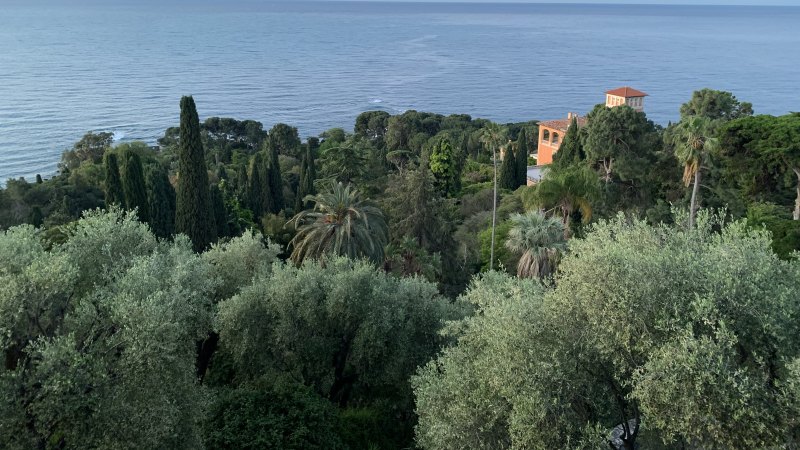Thomas Hanbury was so determined to only plant what would readily thrive, preserve local flora and lure back birds that anyone would think he was gardening today. However, it was in 1867 that this forward-thinking Englishman acquired a rocky hillside on Italy’s Mediterranean coast and set about leaving no space unused. Diversity was always Hanbury’s goal.
With the help of his botanist brother, he chose plants from similar climate zones worldwide. In went almost 50 different wattles, 40 types of agave, and the finest citrus collection on the Riviera. He expanded, refined, collected and curated until his garden became the destination of choice for both Côte d’Azur holidaymakers and overseas botanists .

The Hanbury Botanical Gardens, in Italy near the border of France, have retained links to the same family for generations. Credit: Megan Backhouse Even more extraordinary, after Hanbury’s death in 1907, the garden was not lost. Subsequent generations of the family continued to tend this sloping paradise.
There were horticultural low points – most notably during the two world wars – but a descendant always returned to cajole the 18-hectare garden back into shape and nudge it into the future. Today, 157 years after Thomas Hanbury began planting his coastal wonderland, Carolyn Hanbury, representing the fourth generation with ties to the place, lives in a secondary villa in the Hanbury Botanical Gardens. Although the 18-hectare property, including its 17th-century palaz.
















